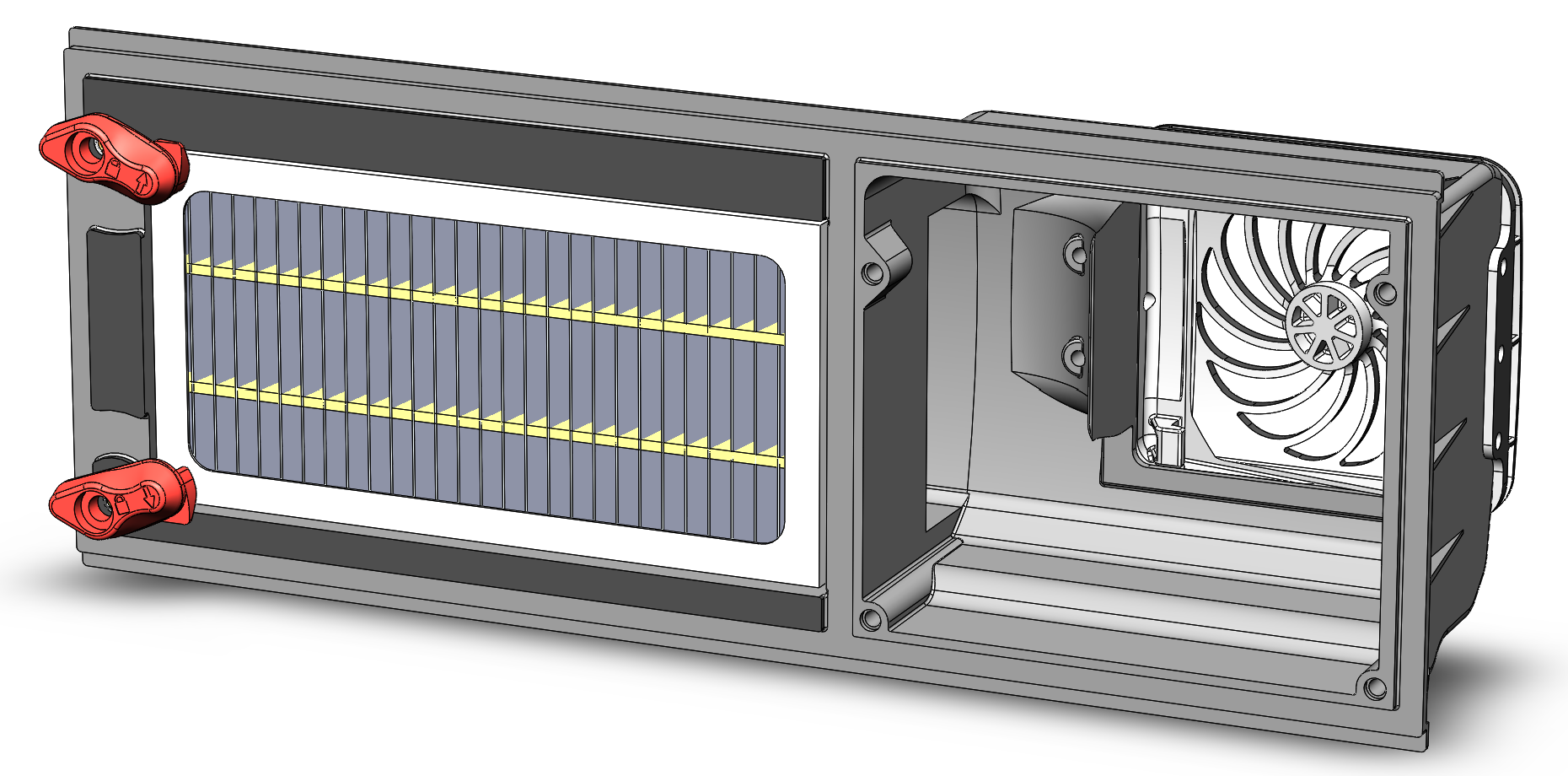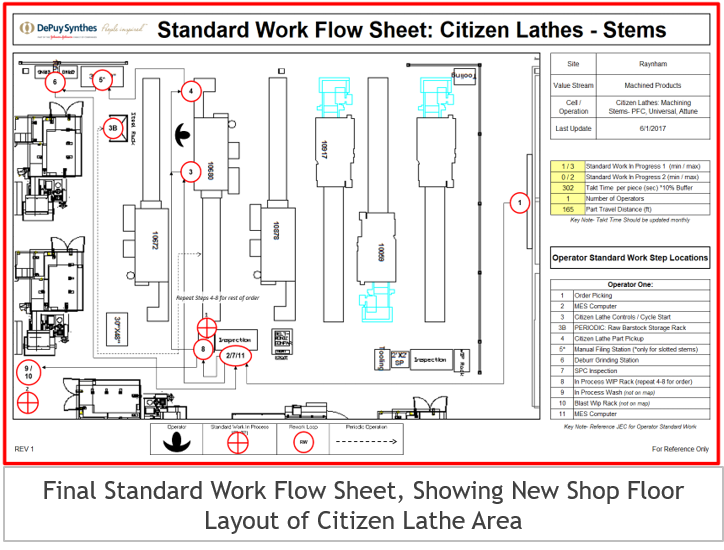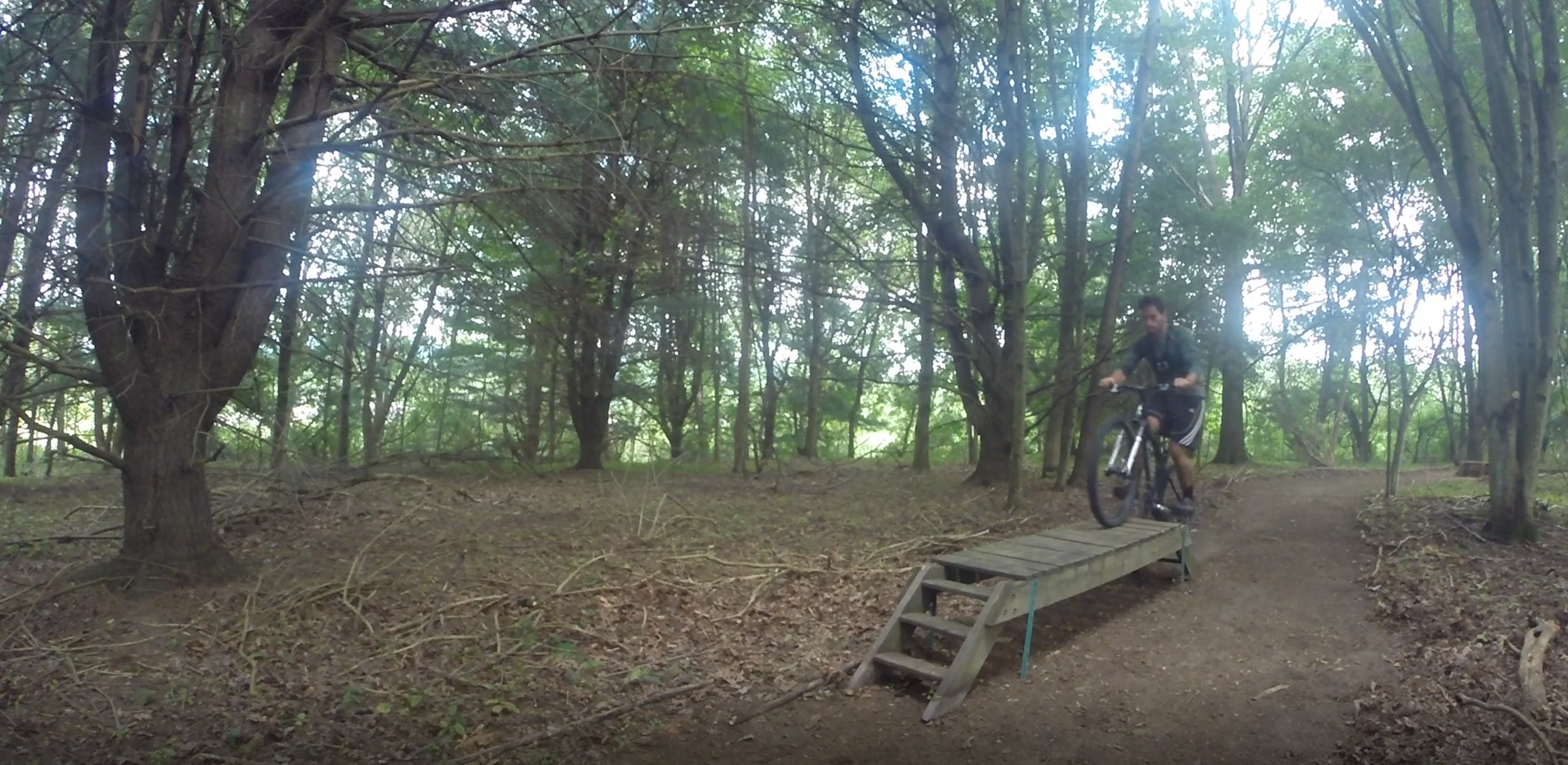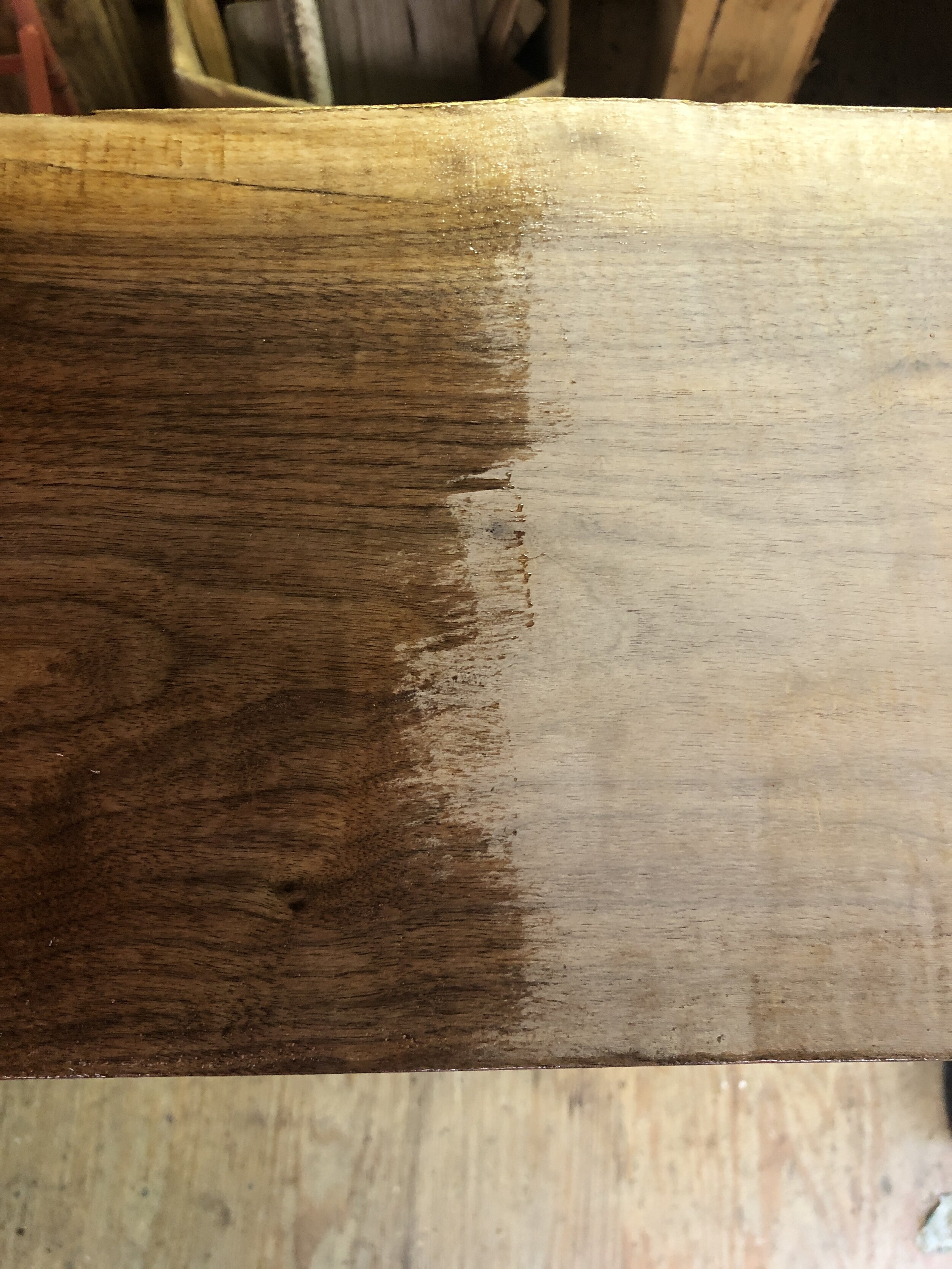Overview of My Projects
Below you will find detailed descriptions of a sampling of the exciting projects that I have undertaken during my experience at Northeastern, including on my three co-op experiences, and as personal hobbies. If you have any questions about these projects, feel free to reach out to me! I am always happy to talk about my work and how my past projects have contributed to my professional development.
























































